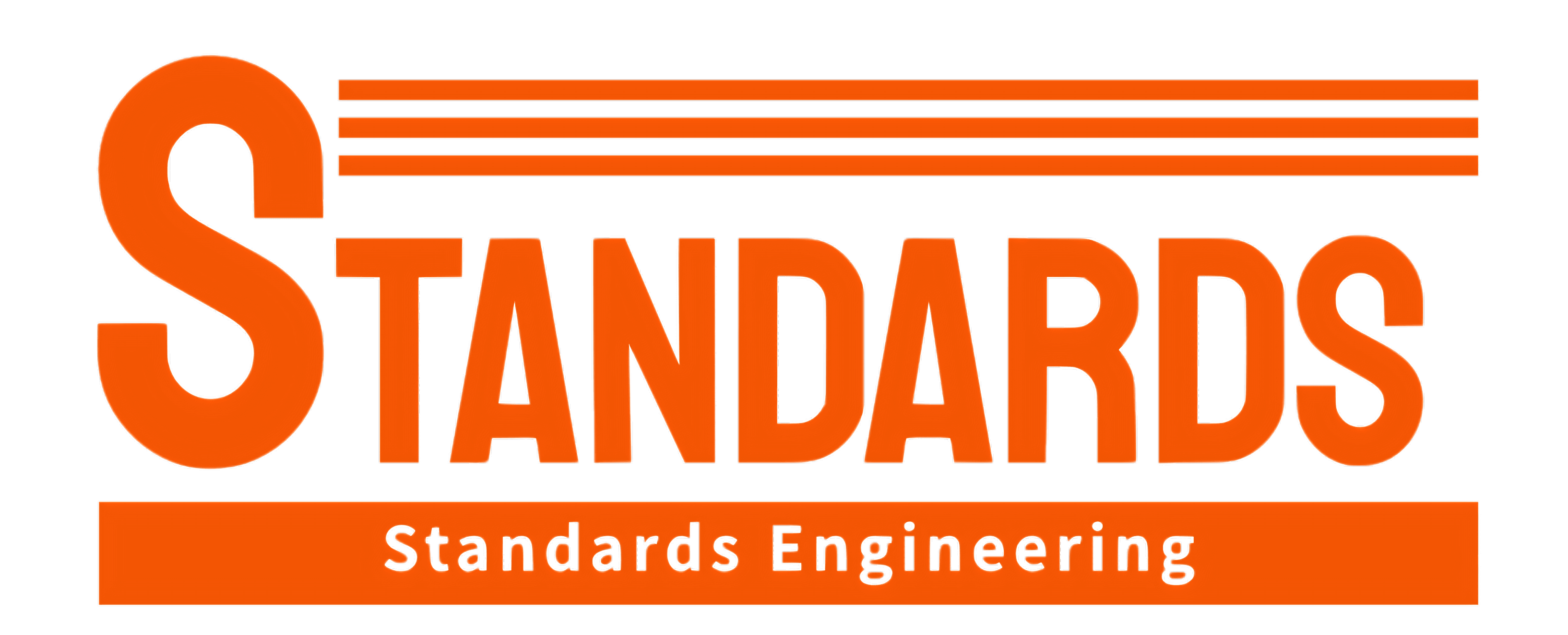ASTM F672 PDF
Availability:
In Stock
IN TAX $35.75
Standard Test Method for Measuring Resistivity Profiles Perpendicular to the Surface of a Silicon Wafer Using a Spreading Resistance Probe (Withdrawn 2003)
| Published by | Publication Date | Number of Pages |
| ASTM | 06/10/2001 | 18 |
ASTM F672 – Standard Test Method for Measuring Resistivity Profiles Perpendicular to the Surface of a Silicon Wafer Using a Spreading Resistance Probe (Withdrawn 2003)
This standard was transferred to SEMI (www.semi.org) May 2003
1.1 This test method covers measurement of the resistivity profile perpendicular to the surface of a silicon wafer of known orientation and type.
Note 1–This test method may also be applicable to other semiconductor materials, but feasibility and precision have been evaluated only for silicon and germanium.
1.2 This test method may be used on epitaxial films, substrates, diffused layers, or ion-implanted layers, or any combination of these.
1.3 This test method is comparative in that the resistivity profile of an unknown specimen is determined by comparing its measured spreading resistance value with those of calibration standards of known resistivity. These calibration standards must have the same surface preparation, conductivity type, and crystallographic orientation as the unknown specimen.
1.4 This test method is intended for use on silicon wafers in any resistivity range for which there exist suitable standards. Polished, lapped, or ground surfaces may be used.
1.5 This test method is destructive in that the specimen must be beveled.
1.6 Correction factors, which take into account the effects of boundaries or local resistivity variations with depth, are needed prior to using calibration data to calculate resistivity from the spreading resistance values.
Note 2–This test method extends Method F525 to depth profiling.
Note 3–This test method provides means for directly determining the resistivity profile of a silicon specimen normal to the specimen surface. Unlike Test Methods F84, F374, F1392, and F1393, it can provide lateral spatial resolution of resistivity on the order of a few micrometres, and an in-depth spatial resolution on the order of 10 nm (100 A). This test method can be used to profile through p-n junctions.
1.7 This test method is primarily a measurement for determining the resistivity profile in a silicon wafer. However, common practice is to convert the resistivity profile information to a density profile. For such purposes, a conversion between resistivity and majority carrier density is provided in Appendix X2.
1.8 This standard does not purport to address all of the safety concerns, if any, associated with its use. It is the responsibility of the user of this standard to establish appropriate safety and health practices and determine the applicability of regulatory limitations prior to use. Specific hazard statements are given in Section 9.








Reviews (0)